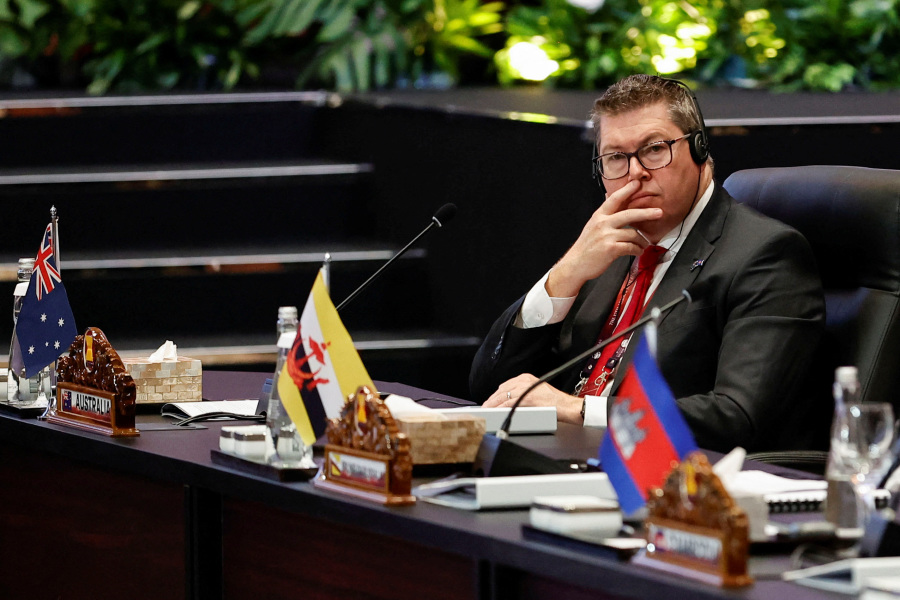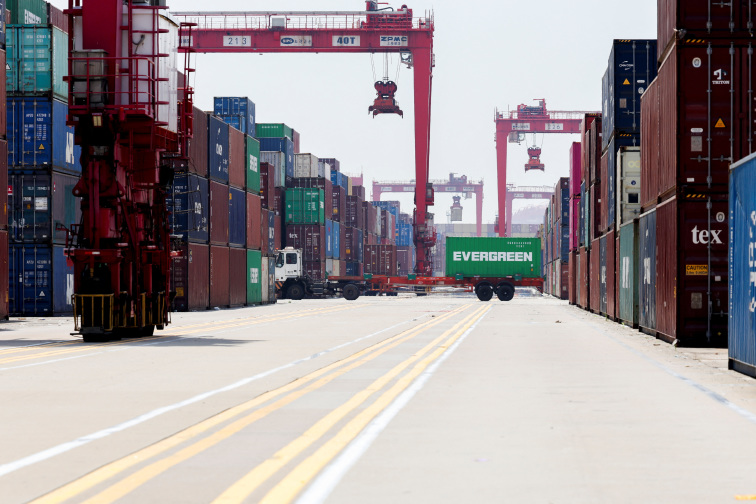SYDNEY (Reuters) -Australia will make a second billion-dollar payment to boost U.S. nuclear submarine shipyards soon, Defence Industry Minister Pat Conroy said in Washington on Tuesday, ahead of an official visit by Prime Minister Anthony Albanese next week.
The AUKUS agreement to transfer nuclear-powered submarines to Australia is being reviewed by the Pentagon, although Australia has expressed confidence the deal, which also includes Britain, will proceed.
In its first phase, Australia has pledged 3 billion U.S. dollars to boost U.S. submarine production rates, to later allow the sale of three Virginia submarines to Canberra, with a 2025 deadline for the first $2 billion.
"We've made a billion dollars. The plan is to provide another billion dollars shortly," Conroy told reporters in Washington, where he said he is meeting with Trump administration and defence industry officials.
Albanese will travel to Washington next week for an official visit and his first formal meeting with U.S. President Donald Trump, with the AUKUS defence partnership expected to be a focus of talks.
Defence Minister Richard Marles told reporters in Canberra on Tuesday that Australia was contributing to a Pentagon review of AUKUS and had "a sense of when this will conclude", without disclosing the timing.
Australia is shifting to a model of defence co-development and co-production with the United States, including for the manufacture of guided weapons, and Albanese would highlight this to Trump, Conroy said.
Australia expects to manufacture up to 4,000 Lockheed Martin guided missiles annually from a new factory to begin production by the end of the year, including supplying U.S. defence needs, he said in a television interview with Sky News Australia.
Australia is also working with the United States and Lockheed Martin to develop a longer range Precision Strike Missile reaching "in excess of a thousand kilometres", he added.
"This is one example of us shifting to a co-design, co-development, co-production, co-sustainment model where we work in partnership with the United States and deepen the industrial base of both countries," he said.
(Reporting by Kirsty Needham in Sydney)











News magazine bootstrap themes!
I like this themes, fast loading and look profesional
Thank you Carlos!
You're welcome!
Please support me with give positive rating!
Yes Sure!